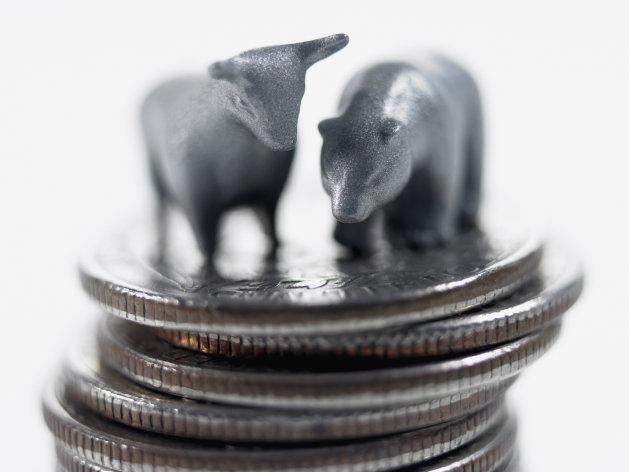
Oddball economic indicators abound. Many more seemed to be coined during the financial crisis, a period in which economists wanted as much insight as possible about the market’s ills.
Leave it to the professionals? If the past is any measure, these zany precursors are as good as any chart worshiper’s divinations. What’s more, the ones that tend to be most accurate signal a bull market ahead.
Among the most useful signs: coupon usage. When the economy is bad, shoppers look to save anyway possible. Things get better, coupon demand decreases. The volume of coupons rose until 2010–peaking at more than 178 billion coupons just for consumer packaged goods. That’s about 570 coupons for each American. Coupon issuance then slackened in 2011 and 2012. Volume was off 8% through last June. True, you can argue the recovery has roots in 2010, but it only recently picked up any speed–just as shoppers seemed less reliant on coupons. Psst. No one tell Ron Johnson at J.C. Penney.
There are other indicators with decent records. Help-wanted ads act as a measure of employment. Diapers offer a signal of consumer strength. As do the proceeds from the Napa Valley Wine Auction. All three show recent increases.
Even the Sports Illustrated Swimsuit Edition and the Super Bowl hold up, though perhaps they’re more suited for the rabbit-paw owners among us. Bespoke Investment Group research concluded an American on the nudey cover almost always portends a bull market. Good news! Supermodel and Michigan native Kate Upton is back on the cover this year. And as for the Super Bowl, a winner from the old NFL (today’s NFC division) suggests the market will increase. How accurate is it? About 80%. More good news. The Baltimore Ravens, which dates back to the old division in Cleveland, captured the 2012 crown.
Other indicators haven’t proven as useful. Lipstick and cosmetics sales, for example, have trended higher for a decade, through at least a handful of recoveries and recessions. Another example, divorce rates, lack a clear correlation. Still others point to the Hot Waitress Theorem: Attractive females who’d normally work as models or put out their shingle as starlets instead turn up as Hooters hostesses. To us, this one requires much more extensive field research before a credible conclusion.
Here are 10 quirky economic indicators:
1. Super Bowl Winner
Indicator Explained: Root for the NFC Division team. A win from an old NFL team (today's NFC)
portends a market increase for the rest of the year 80% of the time. Trend stretches all the way back to when the AFL and NFL played for the Vince Lombardi Trophy.
Bullish Or Bearish In 2013? Bullish. This is a bit confusing, but it's because this year's champs, the AFC Division Baltimore Ravens, were actually a NFL team in Cleveland.
2. Coupons
Indicator Explained: When the economy is bad, shoppers look to save any way possible. Things get better, coupon demand decreases. The volume of coupons rose until 2010 – peaking at more than 178 billion coupons just for consumer packaged goods. That's about 570 coupons for each American.
Bullish Or Bearish In 2013? Bullish. After demand hit highs in 2010, coupon volume has fallen. Coupon issuance was down about 8% through last June (the latest figures available).
3. Sports Illustrated Swimsuit Edition
Indicator Explained: Bespoke Investment Group research has proven that an American on the nudey cover portends a bull market.
Bullish Or Bearish In 2013? Bullish. Supermodel and Michigan native Kate Upton graced the cover again this year.
4. Men's Underwear
Indicator Explained: Rarely seen, rarely replaced. When men start shopping for these long-lasting garments, consumer confidence seems higher.
Bullish Or Bearish In 2013? Bearish. Men’s underwear was 3% of the overall menswear industry in 2008. It has since shrunk to 2.2%, and it is expected to contract further during the next five years.
5. Divorce Rates
Indicator Explained: Financial problems strain a marriage, and make it more likely to break apart.
Bullish Or Bearish In 2013? Unclear. The latest accurate figures are outdated (from 2009), but show an overall decrease in divorce, regardless of the economy.
6. Help-Wanted Ads
Indicator Explained: More help-wanted ads, more demand by employers. This means employers are hiring, likely a sign of greater business and consumer spending. It’s a measure valued enough to be tracked by the Conference Board, which distributes some of the most widely read reports, like the Consumer Confidence Index and Leading Economic Indicators Index.
Bullish Or Bearish In 2013? Bullish. There were more than 5 million help-wanted ads posted in January, up 15% from a year earlier.
7. Napa Valley Wine Auction
Indicator Explained: Held in luscious Northern California, samplings of prime vintages and dainty finger-foods help pry dollars from the attendees of this annual event. During more prosperous times, the event raises more money. A 2003 study by wine industry consulting firm Motto Kryla Fisher found overwhelming correlation between increases in auction proceeds and the Dow Jones industrial average.
Bullish Or Bearish in 2013? Bullish. The auction took more than $8 million last year, up from $7.3 million a year earlier. This year’s event will take place in May.
8. Lipstick
Indicator Explained: Leonard Lauder is something of a wannabe economist, in addition to being a former executive of the eponymous cosmetics company. He posited that women tended to buy more lipsticks and makeup during tough economic times—a more cost-conscious way to maintain a glamorous appearance than, say, splurging on a new handbag.
Bullish Or Bearish in 2013? Bullish. Lipsticks sales are indeed set to rise again this year. But lipstick sales have seemed fairly recession-proof in the last two decades. Plus, not all cosmetics companies reported results in the past few years, making it hard to draw a clear correlation.
9. Diapers
Indicator Explained: Parents in past recessions went without and still managed to keep up spending on their children. Not so during the latest financial crisis. Diaper sales fell during the financial crisis, as seemingly essential goods became luxuries.
Bullish Or Bearish In 2013? Bullish. The diapers industry is expected to continue to grow, reaching $5.4 billion. For perspective, the industry totaled more than $5.7 billion just four years ago.
10. Hot Waitresses
Indicator Explained: In hard times, attractive females who'd normally work as models or try to put out their shingle as starlets instead turn up as Hooters hostesses.
Bullish Or Bearish In 2013? Unclear. We suggest you perform your own field research on this. Lunch break!


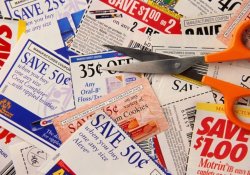
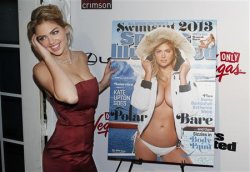
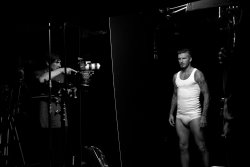

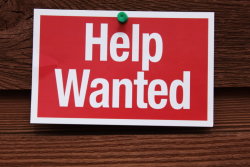




No comments:
Post a Comment